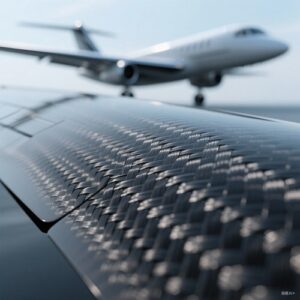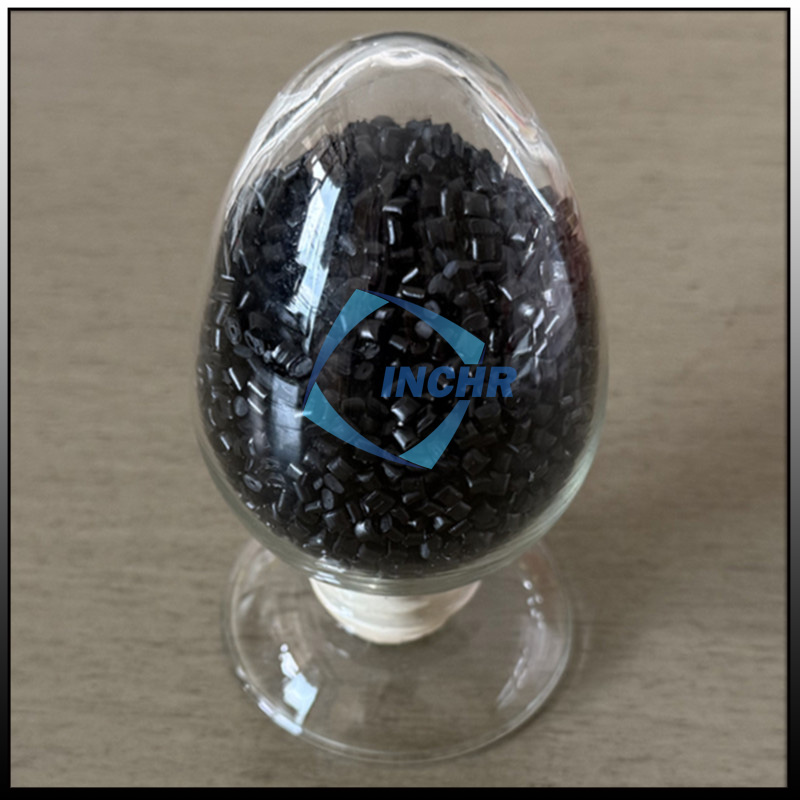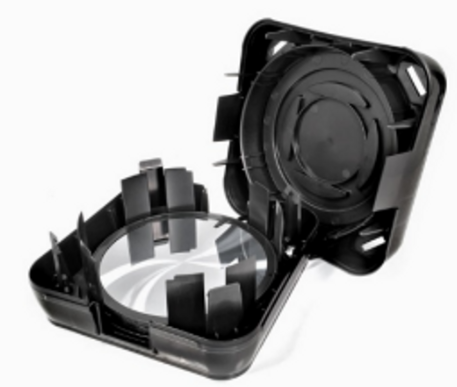This is where Carbon Fiber Reinforced Plastic (CFRP) has emerged as a transformative innovation, fundamentally reshaping aircraft design and manufacturing. As an advanced composite material, CFRP has become a cornerstone of modern aerospace engineering, with applications spanning commercial airliners to state-of-the-art spacecraft.
Why CFRP is Ideal for Aerospace Applications
CFRP is a composite material made by embedding carbon fibers into a polymer resin matrix. This unique structure delivers a set of properties ideally suited to the extreme demands of aviation:
Exceptional Strength-to-Weight Ratio: CFRP offers remarkable strength and stiffness while being significantly lighter than traditional metals such as aluminum and steel. This weight reduction directly leads to lower fuel consumption, increased payload capacity, and extended flight range.
High Fatigue Resistance: Aircraft undergo constant stress and pressure cycles during flights. CFRP exhibits superior resistance to fatigue compared to metals, resulting in longer service life and reduced maintenance requirements.
Corrosion Resistance: Unlike metals, CFRP does not rust or corrode, providing a major advantage in varying atmospheric conditions. This enhances durability and lowers long-term maintenance costs.
Design Flexibility: Composite materials can be molded into complex, aerodynamic shapes that are difficult or impossible to achieve with metal. This allows engineers to optimize designs for superior performance.

Key Applications of CFRP in Aircraft
CFRP has evolved from being used in secondary components to primary structures that are essential to an aircraft’s integrity.
Primary Structures: Aircraft like the Boeing 787 Dreamliner and Airbus A350 XWB are leading examples, with fuselages and wings largely constructed from CFRP. This broad application underscores the material’s reliability and high performance.
Wings and Tail Sections: Components such as wing boxes, empennages, and control surfaces like ailerons and rudders are frequently made from CFRP due to their need for high strength and low weight.
Interior Components: From overhead bins and seating to cabin partitions, CFRP helps reduce the overall weight of aircraft interiors, contributing to fuel efficiency without compromising safety or comfort.
Engine Components: Modern jet engines incorporate CFRP in fan blades and casings. The reduced weight decreases the engine’s mass and rotational inertia, enhancing overall efficiency.
Manufacturing and Sustainability Considerations
Producing aerospace-grade CFRP components involves advanced techniques such as automated tape laying (ATL) and autoclave curing, which ensure high precision and quality. However, the industry is highly conscious of the sustainability challenges posed by CFRP, particularly in end-of-life recycling. Unlike metals, composites are not easily recycled, prompting significant research into sustainable methods like pyrolysis to recover carbon fibers for use in secondary applications—an essential step toward sustainable aviation. Learn more about our approach to composite material selection on our site
The Future is CFRP
The use of Carbon Fiber Reinforced Plastic is poised for continued growth. As manufacturing costs decline and recycling technologies advance, CFRP will play an even more integral role in next-generation aircraft, including urban air mobility vehicles and supersonic transports. It is the material enabling engineers to push the boundaries of possibility, making air travel safer, more efficient, and more environmentally sustainable.
For the aerospace industry, CFRP is not just a material—it is the foundation upon which the future of flight is being built.




